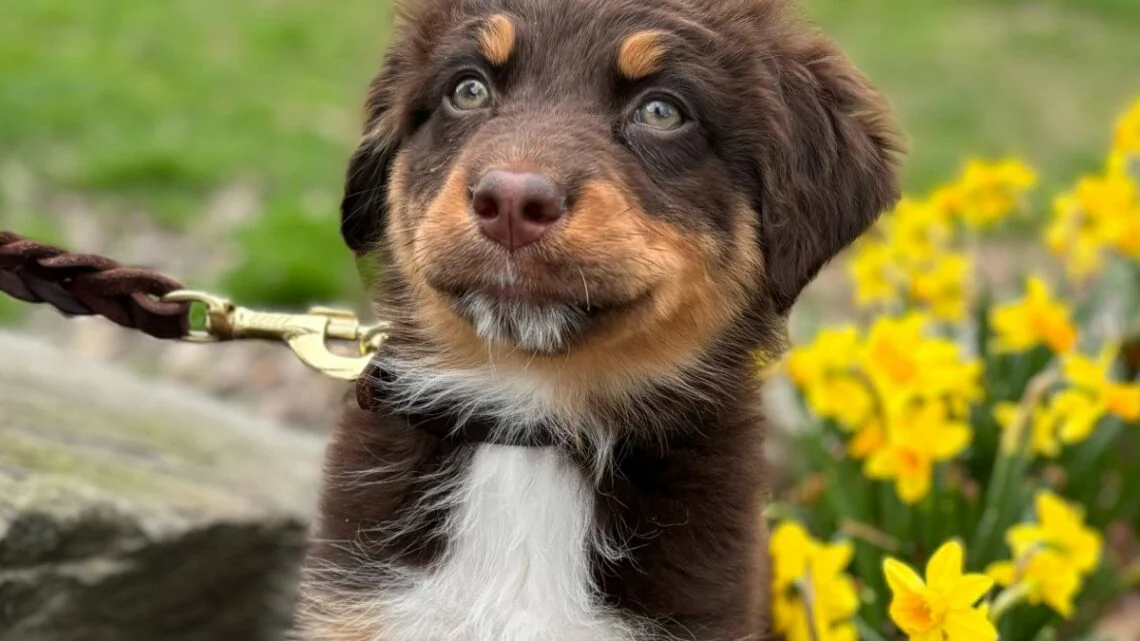
Top 5 Spring hazards for dogs
As the days grow longer and the blossoms begin to bloom, Petplan, the UK’s No.1 pet insurer, has revealed its top five Spring hazards all pet professionals should be aware of.
1. Allergies
In the UK, tree pollen season is generally late March to mid-May; with grass pollen season peaking from mid-May to July; and weed pollen season kicking in from the end of June to September. So, if a pet is only suffering allergy symptoms such as excessive itching, reddened skin and loss of hair at these times of year, it’s possible that they’re reacting to an external environmental allergen.
2. Grass seeds
As seasonal nasties, grass seeds can inflict misery on our pets in particular. These tiny seeds can cause significant harm if they become lodged in pet’s skin or ears. It’s a good idea to check dogs all over for any lurking grass seeds after every walk, as they can become stuck in a number of places, including eyelids and lip folds, as well as the paws and ears.
The tell-tale warning signs to watch out for are sudden onset of head shaking, paw licking or pawing at their head/ear. With a whopping 75% of grass seed claims occurring in Summer, and with breeds with floppy ears such as, Cockapoos, Cocker Spaniels and Springer Spaniels being the most commonly affected breeds, it’s a great time to start practicing good habits such as avoiding long-grassed areas.
3. Chocolate and raisin poisoning
With springtime bringing the long-awaited Easter, some well-known sweet treats remain a risk to pets’ health.
Petplan data shows one in seven poison related claims are a result of ingesting chocolate – with 24% of these claims occurring during Spring, only second to 28% during the festive period.
Other common household items that are poisonous to dogs include caffeine, onions, fruit seeds, avocado and mushrooms to name a few.
4. Toxic plants
We all love to bring a touch of spring into our homes, but with this comes potentially toxic plants. So, when you’re sprucing up for Spring, make sure you brush up on your plant knowledge before introducing new plants into your home and you know the signs of plant poisoning such as scratching, red or watery eyes, vomiting and excessive drinking to name a few.
If you have any concerns a pet may have eaten something they shouldn’t, please contact your vet for advice.
5. Insect Stings
As the flowers start to appear, so do wasps and bee. Insect-related injuries often begin around Easter time as our pets enjoy chasing after them and can be stung in the process. In most cases, wasp and bee stings are not emergencies and if the sting is not too serious, you can treat it yourself.
With 77% of these occurring in Spring, it’s important to know what signs to expect if your pet does get stung.
Like humans, some dogs can be allergic to stings, leading to swellings, distress and breathing difficulties and if your pet is stung near the mouth or neck, then you may need to contact your vet for advice.






